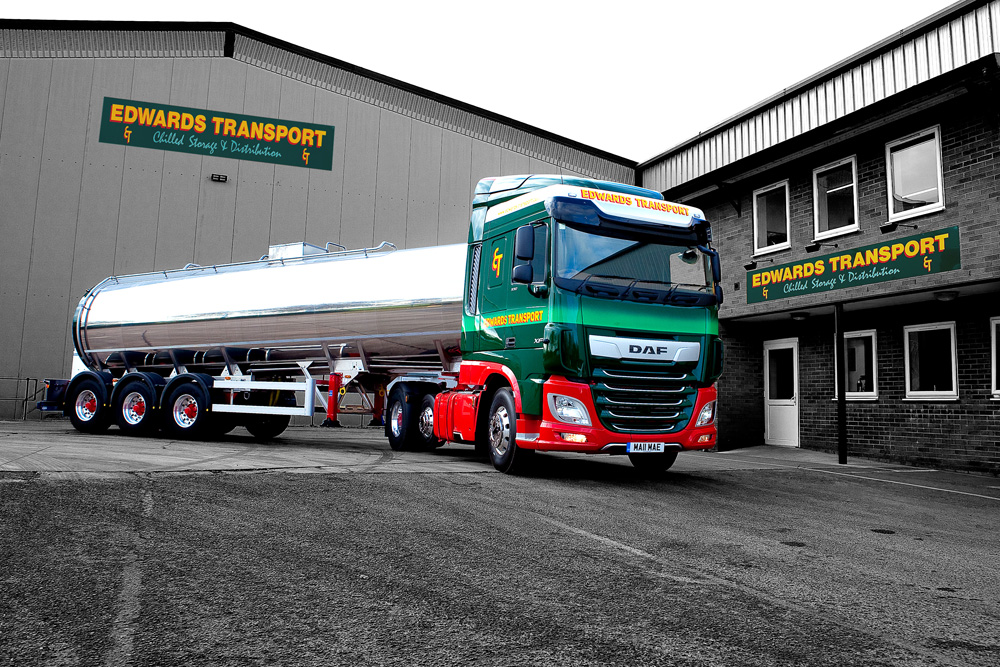In Britain the dairy industry is huge business and makes up a core part of our overall food processing industry. Given its highly perishable nature, dairy products are amongst the food groups that require careful management of supply chain logistics in order to effectively prolong its lifespan. This therefore guarantees freshness by the time it hits the supermarkets.
The Impact of the Dairy Industry
In the UK, around 5 billion litres of milk is consumed each year which roughly amounts to 2000 Olympic-sized swimming pools. In addition, a further 7 billion litres of milk is used in production of other dairy products like cheese, yoghurt, butter and dried milk powder. Such dairy products are notoriously perishable by nature. Therefore, accurate and streamlined transportation of these goods is essential.
Temperature control is a vital component to the smooth running of the dairy industry. The control of temperature in transportation prevents harmful bacteria from growing and flourishing which would otherwise render the dairy products useless for consumption.
Organising Dairy and Milk Transport
When cows first express their milk, it is at a temperature of around 30oC which is actually an optimum temperature for bacteria to grow. In fact, bacteria count double once about every 20 minutes at room temperature. This is why farmers take steps to chill the milk to 4oC as quickly as possible. This milk is then stored for a maximum of 48 hours, in which time a milk tanker will collect the milk from the farm.
The process of the milk tanker taking the milk is also meticulous: once a thermal reading has been taken by the tanker driver, the milk is transported in the HGV’s temperature-regulated tank to the processing facility where it is tested to ensure it is free of bacteria before being processed into dairy products. The milk is homogenised (where the fat droplets are emulsified and the cream does not separate), pasteurised, packaged and shipped – generally, it’s on shelves around 2 days after it leaves the farm.
The overall goal of milk and dairy transportation should be to minimise the time that these products spend on the road. This will help achieve maximum freshness for consumers.
Edwards Transport have a fleet of 40 refrigerated vehicles and 23 milk tankers to provide absolute freshness of dairy and milk produce from the farms to the shops. They understand that quality and safety is key when transporting these goods. With over 40 years’ experience in the sector you can be assured of a dedicated and efficient service for your temperature-critical products.
To find out more about our refrigerated transport and milk tankers take a look here – https://edwards-transport.com/fleet/milk-tankers/

